Food inflation has breached 5%, and the picture looks only set to worsen
Food inflation hit 5.1% in August, its highest level since January 2024, according to new ONS figures released on Wednesday.
And the picture looks set to worsen, with the BRC forecasting 6% by the end of the year.
Understandably, “inflation is now one of the biggest concerns among the public”, says BRC CEO Helen Dickinson. The BRC’s latest consumer sentiment monitor on Thursday showed confidence in personal finances falling to –7 in September, from –6 in August.
Asda’s Income Tracker in August found disposable income for middle-income had fallen for the first time since September 2023, while the cost of essentials including food, drink and transport had risen by 5.1% year on year.
It is playing out in lunctime meal deals. Tesco recently upped the price of its meal deal by 25p, the third such raise since 2022. It now costs £3.85 with a Clubcard and £4.25 without. Sainsbury’s increased its meal deal price by 20p to £3.95 in June.
Elsewhere there has been reformulation and shrinkflation. Mondelez and Mars Wrigley took grams off packet weights across names such as Cadbury, Galaxy, M&M’s and Revels in February. And McVitie’s White Digestives are conspicuously no longer called White Chocolate Digestives, following a reformulation this summer amid sky-high cocoa prices.
Many blame Donald Trump. A global survey of 6,000 consumers by Blue Yonder in June found nearly half (49%) attributed inflation to the US president’s tariffs. It was a perception strongest in the US, UK and Middle East.
On the other hand Aldi UK CEO Giles Hurley this week pointed the finger at “domestic policy” as he warned the government against adding more costs for businesses in the budget. So who and what is to blame for inflation?
1. Tax on jobs
Exhibit one in Hurley’s case against domestic policy is the rise in taxes, most notably employer National Insurance contributions and the national living wage, announced in the 2024 autumn budget and introduced in April.
“Retailers are doing all they can to deliver value for customers, but are unable to absorb the £7bn in costs they have been landed with thanks to the rising costs of NIC, the higher national living wage, and a new packaging tax,” says BRC director of insight Kris Hamer.
Read more:
2. Packaging taxes
The packaging tax Hamer refers to is the extended producer responsibility (EPR) levy.
The final EPR fees were confirmed in June 2025 at £423 per tonne for plastic, £266 for aluminium, £196 for paper and card, and £192 for glass.
With producers due to receive invoices in August, and payment due by October, many will still be assessing how much they’ll need to recoup from price increases. But the FDF estimates EPR will cost suppliers £1.1bn (with a further £410m a year for NICs).
Businesses have lambasted the measure as a ‘stealth tax’ that will have to be passed on to consumers amid rising costs elsewhere. The FDF criticised the measure as higher than equivalent schemes across the eurozone.

In its Monetary Policy Report for August, The Bank of England said EPR was one of the reasons UK food inflation was outstripping that of the EU.
Read more:
-
Food inflation hits an 18-month high driven by eggs and butter
-
UK inflation accelerates amid higher food prices
-
Food sales barely touching the sides of extra labour costs
3. Commodity prices
It’s important to point out that food price inflation is not moving in sync. While beef and veal (24.9%), butter (18.9%), chocolate (15.4%), coffee (15.4%), and whole milk (12.6%) have seen double-digit price increases, the ONS data shows categories such as olive oil (–12.5%), flours (–5.9%), sugar (–3.8%), and pasta (–2.8%) have fallen in price (though olive oil is still over 120% higher than it was at the start of 2020).

The category variations tend to reflect global commodity-based supply and demand fluctuations, with chocolate and coffee suffering from well-publicised shortages linked to climate change. According to research from the Autonomy Institute in July, climate change could drive food prices up by 34% by 2050.
Read more:
-
Future-proofed commodities battle climate change and crop disease
-
What will the UK grow as temperatures rise?
-
Food inflation to rise 34% due to climate change
4. Drought/flooding
But the impact of climate change on inflation is also being felt closer to home. After last year’s floods wreaked havoc on domestic production, this year’s drought is having a similarly dramatic impact.
Potato yields have halved in some instances, according to Albert Bartlett, with carrots also badly hit. And growers, struggling with lower-quality arable harvests and input costs up as much as 50% year on year, are now warning that shortages of winter fodder supplies mean animal feed prices will rise, piling further pressure on already record red meat farmgate prices (beef was up over 40% year on year at the market’s May peak) this autumn.
Climate change has been highlighted as a key issue by British farmers, who have called on the government to provide support. Earlier this month, M&S got behind their call, with its Food MD Alex Freudmann urging the government to improve national food security by set ting targets to increase the amount of British food we eat, as part of the national food strategy, which remains a work in progress
The Climate Change Committee has warned the UK is “not appropriately prepared” for worsening weather events such as heavy rainfall and heatwaves.
Read more:
-
Christmas chocolates shrink but prices soar
-
Confidence flatlines for food companies as fears grow over Reeves’ budget
-
Food inflation will hit 5.5% in 2025, Bank of England warns
5. Brexit
Some of this inflation is also linked to government policy in the wake of Brexit.
In 2023, the London School of Economics released research showing trade barriers on food imports from the EU had cost British households an additional £7bn since Brexit, primarily due to increased paperwork and veterinary checks, resulting in price increases of up to 10% on some meat and cheese products.
Two years later, the final phase of post-Brexit border controls, including checks on EU fruit & vegetable imports, are anticipated to increase costs for businesses even further.
Meanwhile beef and cattle herds and supporting abattoirs continue to fall, with Defra figures showing a 2% decrease in the total GB cattle population between January 2024 and 2025.
Factors behind this decline include soaring production costs, plus a general lack of profitability within the sector, exacerbated by NI hikes. The impending changes to Inheritance Tax liabilities for farming businesses are set to add further pressure, too.
Then there’s seasonal labour. Shortages and the need to pay higher wages via the national living wage have driven up operating costs as business enter a bidding war to entice the labour they need to harvest their product and bring it to shelves.
Brexit has also exacerbated labour shortages across retail, manufacturing, hospitality and logistics. Meanwhile, the pound’s depreciation against the euro since summer 2022, though moderate, has acted as a further inflationary force, given the UK imports approximately 30% of its food from Europe.
Read more:
-
Belvoir Farm’s Pev Manners on EPR and Labour’s ‘thugs’
-
Packaging tax driving food inflation and worse is to come
Read more:
-
US shoppers ‘less likely’ to buy British products due to tariffs
-
How grocery inflation is forcing a global rethink
-
Crisis imminent unless taxes overhauled
6. Deforestation regulation
New EU regulations banning imports of commodities grown on deforested land are also expected to tighten supply chains.
The European union’s Deforestation Regulation (EUDR), set to come into effect at the end of the year, means businesses can be fined and have product confiscated unless they can prove their supply chains are not linked to illegal deforestation, biodiversity loss, and labour and human rights abuse. The EU legislation has been followed by the UK’s own announcement of plans to roll out a similar regulatory crackdown on so-called forest-risk commodities, which include coffee, cocoa, palm oil and soy.
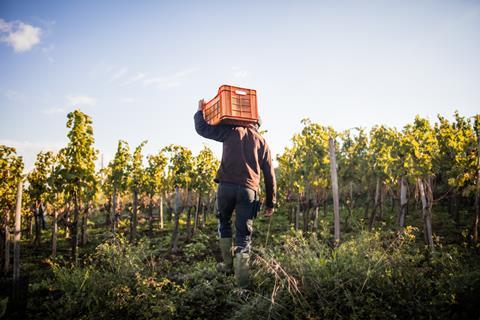
Read more:
7. Business rates
With the extra taxes they are already shouldering this year, large food retailers are also concerned about government plans for a business rates surtax on large properties from 2026.
Legislation introduced earlier this year enables Rachel Reeves to add up to 10p to the business rates multiplier for properties with a rateable value over £500,000, to fund a lower rate for smaller retail, hospitality and leisure properties.
Supermarket chiefs have repeatedly urged the Chancellor to make all shops exempt from the higher rate if she wants to avoid rising food prices.
The BRC has warned 400 large shops could be forced to close or raise prices more widely. Adds Hurley: “We need domestic policy which challenges that stubborn inflation we’re seeing. We would encourage the government to adopt policies which don’t inadvertently add to the operating costs of businesses in food.”
The BRC’s Dickinson says: “All eyes are now firmly locked on 26 November, and what the Chancellor will announce.”
But whether Reeves listens or not, the forces already at play make for a bleak outlook. The Bank of England’s latest forecast is that inflation will remain above its 2% target until the spring of 2027.



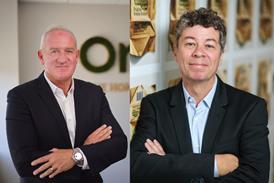
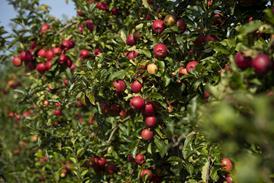
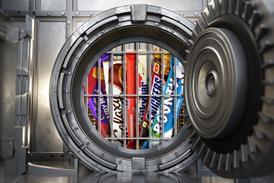


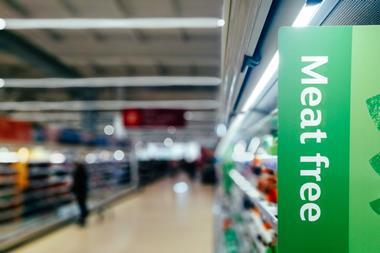
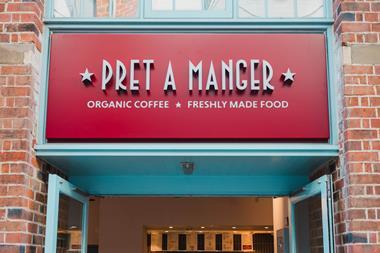
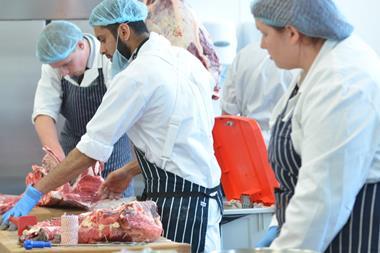

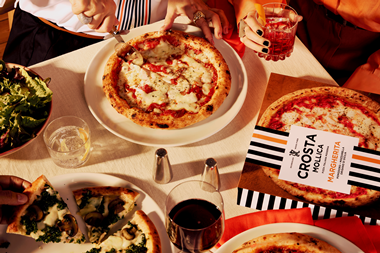
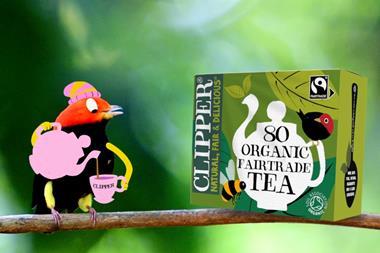
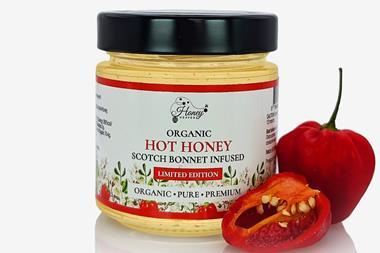
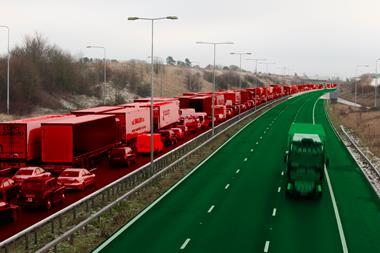
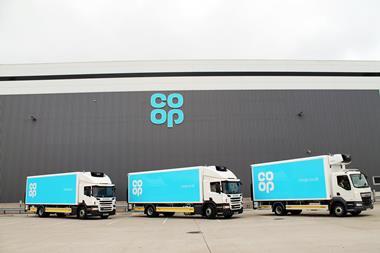
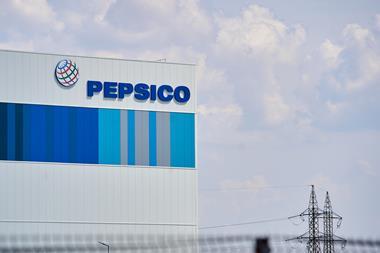


No comments yet